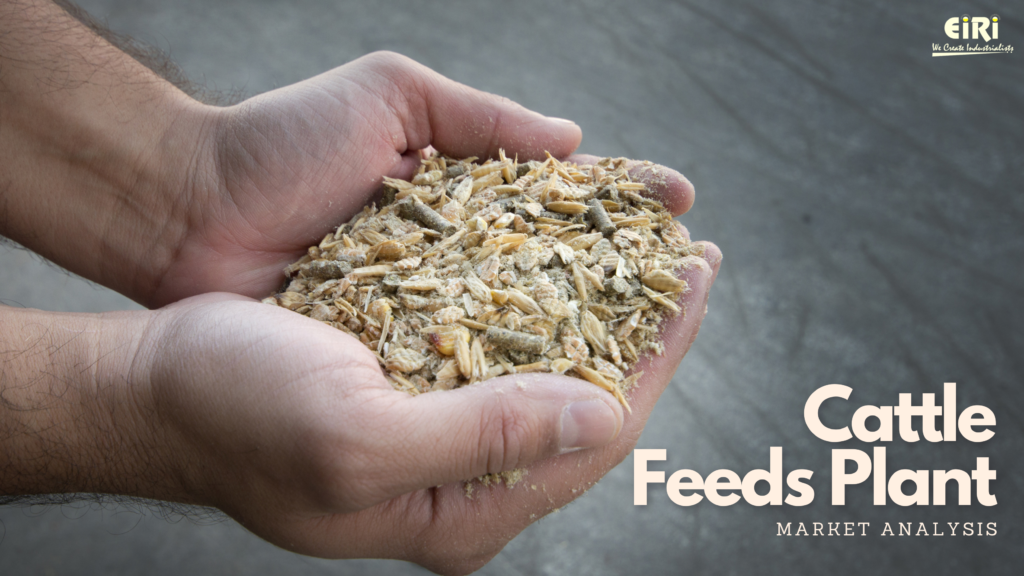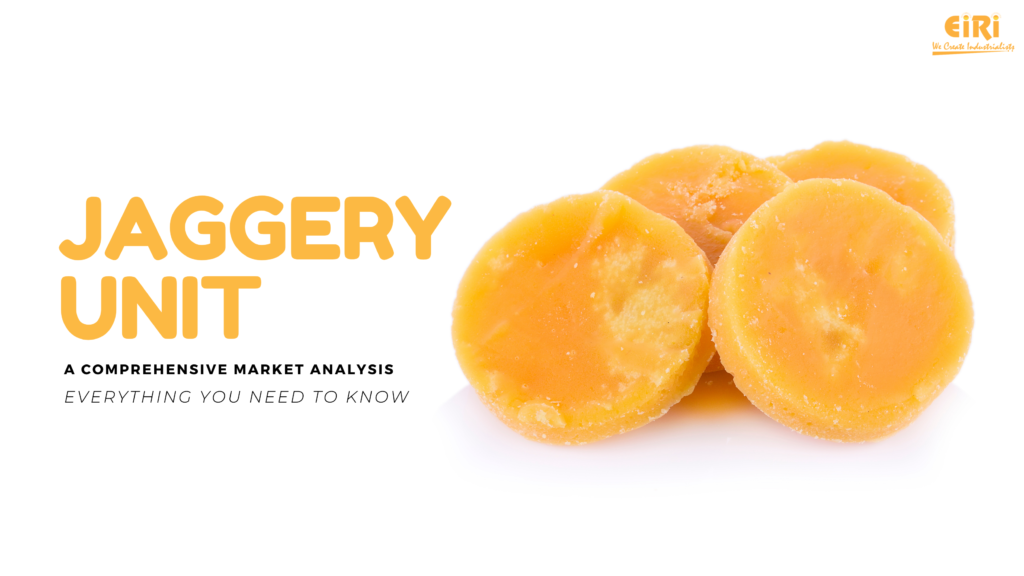An Analysis of the Plastic Waste Market
The plastic waste market is a multi-billion-dollar industry. That doesn’t come as a surprise considering the amount of plastic produced in the last 90 years — 6.3 billion tonnes to be precise (Minderoo Foundation’s analysis).
Currently, India stands as one of the biggest single-use-plastic generating nations, with over 5.58 million tonnes of material produced annually. China and the US lead the race with the produce of 25.36 and 17.19 million tonnes, respectively.
Without a doubt, the industry is ripe for opportunities and has a great future.
To that end, let’s dig deeper into the granularities of the plastic waste market.
Industry overview
India generates 3.3 million metric tons of plastic every year, with states like Goa and Delhi soaring through the ranks due to population, tourism, and rapid industrialisation. The recycling of this plastic accounts for an estimated 9% of the total production. Even then, the recycling market is growing at a healthy CAGR of 6.5% and is expected to grow to $53 billion by the end of 2023.
Even though plastic waste is now seen as a significant problem affecting both human health and the environment, only 5% of Indian plastic waste gets recycled. The rest ends up in landfills or is burnt on a large scale.
Even though the government has been trying to crack down on plastic waste for a long time, there is still a lot of work to be done – especially in India – before we can consider ourselves to have fully dealt with this issue.
And that’s precisely where the opportunity lies for a few savvy entrepreneurs.
Get a solution to the plastic waste problem.
While China may have the most prominent plastic product market globally, India is quickly catching up. The government is taking many measures to curb plastic waste, and understandably so.
What Other Avenues Exist?
While plastic recycling is one of the biggest industries within the waste management sector, there is much more to plastic than we think. For instance, investors can cater to end-user applications like:
- Plastic packaging for consumer goods
- Plastic bags for transporting goods
- Take-away containers such as glass jars and take-home bottles such as milk and juice containers, etc.
- Packaging for pharmaceuticals and medical devices
- Food trays and food containers
- Plastic sheets for roofing materials, and
- Others depending on the type of plastic being recycled and its usage i.e.
Vertical-Specific Insights
As mentioned above, a gamut of applications and industries can be associated with the plastic waste market. To give it a more concrete look, let’s profoundly explore them:
1. Plastic Waste Collection – As a part of urban waste management, companies involved in collecting and managing plastic waste stand to gain from an industry that aims to tackle the 300 million tonnes of plastic generated annually across the world.
2. Plastic Incineration – On average, 12% of plastic is incinerated. While this portion is not huge, the market for plastic incineration stands to gain from people’s increasing awareness on environmental issues.
3. Plastic Landfilling – On average, 18% of the plastic waste gets landfilled. The remaining collected portions are sent to recycling and/or composting facilities for use in petrochemicals or other products.
A lot of advancements have been made within the plastic waste industry over the last few decades. However, new technologies are still being developed, and new solutions for managing plastic waste are still being sought.
An Insight into the Market-Ready Technologies for Plastic Waste Management
1. Chemical Recycling
The technique involves the use of chemicals to facilitate the recycling of plastics. A number of chemicals are used to make the process of plastic recycling cost-effective and also environmentally friendly. As per Wood Mackenzie’s research, the rate for recycling PET (Polyethylene terephthalate) through chemical recycling will increase from 5% to 8% between 2021 and 2029.
2. Pyrolysis
This technique involves breaking down plastic into fuels that can be used as energy sources. The process of separation is also done using the addition of heat. The pyrolysis market is estimated to be valued at $1.8 billion by 2027, which is almost double the market’s size today.
Use Reports from EIRI to Navigate Through the Plastic Waste Market Opportunities
While most plastic waste management companies focus on the recycling aspect of plastic waste control, we think that for maximum returns, it is most important to also be aware of the end-user industries that are growing rapidly over the next few years. EIRI has already done all the extensive legwork for you to provide that sort of insight.
So, what are you waiting for?
Get the latest industry reports from EIRI and stay on top of the plastic waste market trends and advances in technology that are going to shape this dynamic industry even further.




